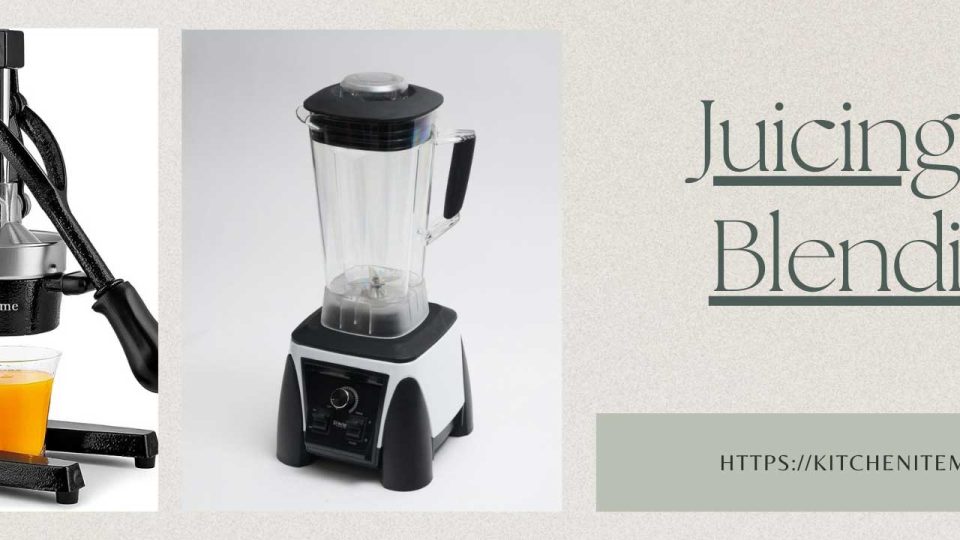
Juicing vs. Blending: Navigating the Health Spectrum
In the realm of liquid nutrition, the debate between juicing and blending has captured the attention of health-conscious individuals seeking to optimize their dietary habits. Both methods offer unique benefits and considerations, making the choice between juicing and blending a matter of personal preference and health goals. This comprehensive exploration delves into the intricacies of juicing and blending, examining their respective advantages, drawbacks, and their impact on overall health.
Juicing: Extracting Pure Essence
The Process:
Juicing involves extracting the liquid content from fruits and vegetables, leaving behind the fibrous pulp. This separation yields a concentrated and smooth liquid that is rich in vitamins, minerals, antioxidants, and enzymes.
Advantages:
Nutrient Concentration: Juices provide a concentrated source of nutrients due to the removal of fiber. This allows for quicker absorption of vitamins and minerals by the body.
Hydration: The high water content of juices contributes to hydration, making them an ideal option for maintaining fluid balance.
Enzyme Availability: The absence of fiber allows enzymes in the juice to be more readily available for digestion and absorption.
Gentle Digestion: Juices are gentle on the digestive system since the body doesn’t need to break down fiber.
Considerations:
Fiber Loss: The removal of fiber can lead to reduced satiety and potential blood sugar spikes due to rapid absorption of sugars.
Pulp Waste: The fibrous pulp that remains after juicing contains valuable nutrients and may be discarded, leading to waste.
Blending: Whole Nutrition in a Glass
The Process:
Blending involves blending whole fruits and vegetables, including their fiber, into a smooth, thick liquid. This retains the entire nutritional profile of the ingredients.
Advantages:
Fiber Retention: Blending retains the dietary fiber, which aids digestion, promotes fullness, and supports stable blood sugar levels.
Sustained Energy: The presence of fiber slows down the release of sugars into the bloodstream, providing sustained energy.
Nutrient Synergy: Blending preserves the synergistic relationship between nutrients and phytochemicals found in the whole ingredients.
Satiety: The thickness of blended drinks can contribute to feelings of fullness, potentially helping with portion control.
Considerations:
Digestive Load: Blended drinks contain fiber, which may require more effort for digestion, potentially causing bloating or discomfort for some individuals.
Caloric Density: Blended beverages can be calorically dense due to the inclusion of whole ingredients, which might not align with certain weight loss goals.
The Verdict: A Matter of Balance
The decision between juicing and blending ultimately depends on individual preferences, health goals, and dietary requirements.
Choose Juicing If:
- You want a concentrated source of nutrients.
- You need a hydrating option with rapid nutrient absorption.
- You have digestive issues that benefit from reduced fiber intake.
- You’re seeking an influx of enzymes for digestion.
Choose Blending If:
- You prioritize fiber retention and balanced blood sugar levels.
- You want a more filling option that promotes satiety.
- You seek whole nutrition with all the benefits of fiber and nutrients.
- You’re looking to manage weight or have specific caloric needs.
The Harmony in Variety:
The healthiest approach might involve embracing both juicing and blending in your dietary repertoire. This way, you can capitalize on the unique benefits of each method while accommodating different nutritional needs and preferences. Incorporating a variety of whole fruits, vegetables, and both juiced and blended concoctions can lead to a more holistic and enjoyable dietary experience that supports your overall well-being.


